Written by Andrew Akhaphong, MS, RD, LD
Updated May 22, 2024
Feta cheese is often associated with the dry, crumbly, mild salty add-on commonly served with Greek salads. Though this is a characteristic that is found in feta cheese, American feta cheese differs quite largely from its Greek counterpart.
When we think of authentic feta, we think of Greece. Greek feta is made with 100% sheeps milk; however, cheesemakers can choose to make feta cheese with up to 30% goat’s milk. (1) Due to different interactions of proteins needed to create feta cheese from sheep’s milk (or a combination with goat), salt is added which gives feta cheese its dry crumbly texture. American feta cheese is made with 100% cow’s milk. Salt is still added but given the amount of proteins cow milk has, American feta cheese becomes creamy, tangy, and is not as salty.(1)

The law of Protected Designation of Origin was placed into effect by the European Union in 1992.(2) Its purpose is to preserve the origin of food-related products to protect its history of processing, production, and development in specific geographical areas.(2) This means that feta cheese made in Greece is allowed to be labeled as “authentic” whereas American feta cheese cannot have this claim on its labels.
A report published in January 2024 by the Allied Market Research shared feta was worth $10.5 billion in 2019 and projected to grow approximately $15.8 billion by 2028.(3)
Factors that may have attributed to its popularity include -(3)
- A healthier, full-bodied culinary experience as an alternative to other cheeses
- Social media like TikTok popularized the baked feta cheese pasta trend
- American feta is lower in salt
- American feta has reduced fat options due to being made from cow’s milk
Nutrition Benefits
Contains live probiotics including Lactobacillus planatrum. This bacteria makes up approximately 48% of our gut microbiome!(4) Gut bacteria like Lactobacillus planatrum helps ferment indigestible fiber into short-chain fatty acids. Short-chain fatty acids improve the gut lining and increase sensitivity to the hormone leptin to stimulate the sensation of fullness.(5)
Fast and slow digesting proteins. A 1-ounce serving of feta cheese provides approximately 4-grams of protein. Dairy products like feta cheese contain a mixture of two proteins found in dairy: casein and whey. In sports nutrition, casein is identified as a fast protein. It is easily absorbable in the gut and takes less time to metabolize. This allows for essential tissues like skin and muscles to utilize the protein right away to rebuild itself. Whey protein is slow digesting which is ideal for persons who have weight management goals as it supports the feeling of fullness.
Provides 14% of the recommended daily intake of Vitamin B2 (riboflavin). Vitamin B2 helps our body transform carbohydrates and fats into energy to burn off calories. Additionally with iron, Vitamin B6, and Vitamin B12, riboflavin reduces the risk for anemia.
Baked Berry Feta
By Athenos
What You Need
- 1 pound of strawberries
- 1 pint blueberries
- 1 tablespoon extra-virgin olive oil
- 3 tablespoons honey
- Salt
- 1, 8-ounce Athenos traditional block feta cheese
- Fresh mint leaves
- Crackers or bread slices to serve
What You Do
- Preheat oven to 350 degrees.
- Trim strawberry tops off and cut in half. Add strawberries and blueberries to a 9×13 baking dish. Drizzle with olive oil, honey, and a pinch of salt. Toss together and roast for 20-25 minutes or until berries are starting to release juices.
- Nestle the block of feta cheese in the center of the berries and bake for an additional 20-25 minutes until the feta is golden.
- Serve with crackers and bread slices

References
- Wisconsin Cheese. How is feta cheese made?. n.d. Accessed May 22, 2024. https://www.wisconsincheese.com/about-cheese/how-is-feta-cheese-made
- Comission Européenne. Politique de l’UE en matière de qualité des produits agricoles. March 28, 2023. Accessed May 22, 2024. https://agriculture.ec.europa.eu/farming/geographical-indications-and-quality-schemes/geographical-indications-and-quality-schemes-explained_fr
- Nelson A. Feta cheese market continues to grow. Supermarket Perimeter. March 1, 2024. Accessed May 5, 2024.





